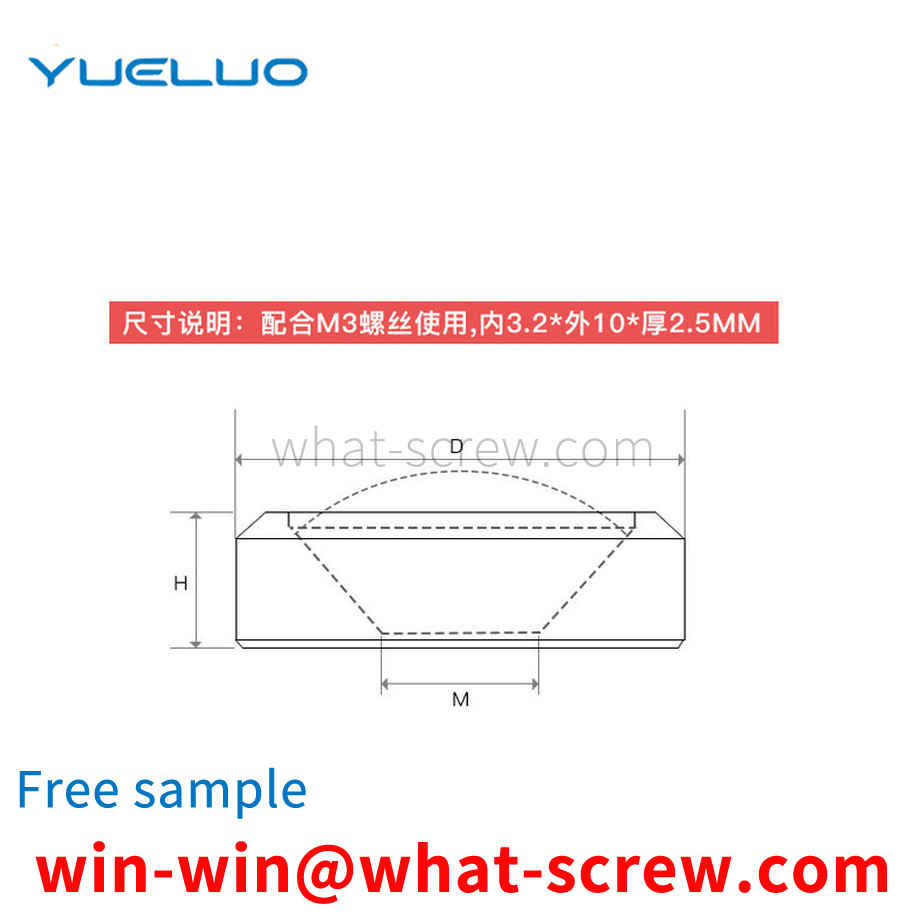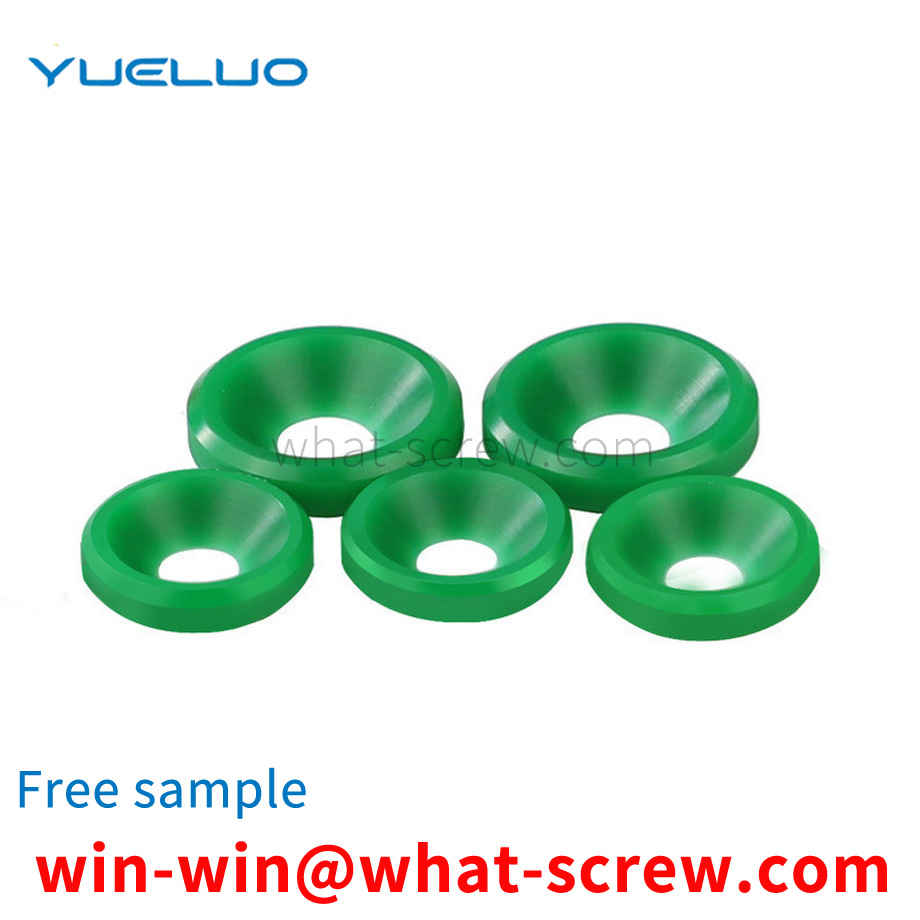The production of stud bolts requires fixed equipment and machine tool processing. Of course, the processing procedure is relatively simple. There are mainly the following procedures: first, the material needs to be pulled out. After this process, the next process can be carried out. The next process is to use a cutting machine to cut the straight and long material into the length required by the customer according to the customer's requirements. This completes the second process. The third process is Put the cut short material on the thread rolling machine and roll out the thread; the ordinary stud bolts are processed here, of course, if other requirements are required, other processes are required. [1] The commonly known bolt refers to the screw with a larger diameter. According to this statement, the diameter of the screw is much smaller than that of the bolt. Stud bolts do not have a head, and some are called studs. Both ends of the stud are threaded, with no thread in the middle and a smooth rod in the middle. Studs are used on large equipment such as gear racks. In actual use, the external load will have vibration and the influence of temperature will reduce the frictional force, and the threaded connection will loosen and fail over time. Therefore, it is necessary to do a good job in the maintenance of the stud bolts at ordinary times. Stud bolts or anchor bolts will have problems under the action of mechanical friction for a long time. When problems occur, the engine oil pan should be removed, and the use of the engine bearing bushes should be carefully checked, and the clearance between the bearing bushes should be checked. Whether it is too large, if the gap is too large, it should be replaced in time. When replacing the stud bolts, also replace the connecting rod bolts. When some large equipment such as nail making machines are in normal operation, if they find that the engine is not running very stable or there is abnormal noise, they should stop and check in time to avoid bigger problems. [1] In each maintenance, the newly replaced stud bolts and other accessories should be inspected. During the inspection, the focus should be on the head and guide part of the stud bolt. Whether there are cracks or dents in each part, and also check whether the tooth shape of the stud bolt has changed. Is there any abnormality in the thread pitch? If there is any abnormality, it must not be used again. A torque wrench should be used when installing the connecting rod cover. It must be tightened according to the specified standards, the torque should not be too large or too small, and attention should be paid to selecting the stud bolts and studs of the supporting manufacturer.
The retaining ring with an open ring structure is a commonly used mechanical part. It has standardized design standards. Its main function is to fasten the ring-shaped parts on the shaft, which can prevent other parts mounted on the shaft from moving. kinds of fasteners. In the prior art, the retaining ring is mainly processed by stamping, which has the following defects: 1. The material utilization rate is low;
Blind rivets are a type of rivets for single-sided riveting, but they must be riveted with a special tool - a rivet gun (manual, electric, pneumatic). This type of rivet is especially suitable for riveting occasions where it is inconvenient to use ordinary rivets (which must be riveted from both sides), so it is widely used in construction, automobiles, ships, aircraft, machinery, electrical appliances, furniture and other products. Among them, the open type oblate head blind rivets are the most widely used, the countersunk head blind rivets are suitable for riveting occasions that require smooth performance, and the closed blind rivets are suitable for riveting occasions that require higher load and certain sealing performance.
In another embodiment of Guangdong Yueluo Hardware Industry Co., Ltd., the slotting device 4 includes a motor 41 and a motor 43, the cutting wheel 42 is fixedly arranged at the output end of the motor 41, and the motor 41 drives the cutting wheel 42 to rotate to open the screw. slot, the motor 43 is fixedly arranged on the workbench 1, the motor 41 is arranged on the motor 43, a track 47 is arranged between the motor 41 and the motor 43, the motor 41 can reciprocate through the track 47, and when the screw is slotted, the motor 41 drives the cutting wheel 42 to move in the direction of the screw. When the slotting is finished, the motor 41 drives the cutting wheel 42 to retract. The fixed wheel 48 is arranged at the output end of the motor 43. The fixed wheel 48 is located directly below the cutting wheel 42. The surface of the middle screw is in contact, and the motor 43 drives the fixed wheel 48 to rotate to grind and polish the surface of the slotted screw to make the surface smooth. Preferably, the direction of rotation of the cutting wheel 42 and the fixed wheel 57 is opposite.
Spring washers are often called spring washers in the screw industry. Its materials are stainless steel and carbon steel, and carbon steel is also iron. The commonly used spring washers are M3, M4, M5, M6, M8, M10, M12, M14, M16. These specifications are more commonly used. The national standard for spring washers is GB/T 94.1-87, which specifies standard spring washers with a size of 2-48mm. Reference standard GB94.4-85 Elastic Washer Technical Conditions Spring Washer
We have many years of experience in the production and sales of screws, nuts, flat washers, etc. The main products are: O-type lifting ring joint screws, shaft mechanical pins, plastic hand nuts, plug screws and other products, we can provide you with suitable products for you. Fastener Solutions.



















 Service Hotline
Service Hotline




